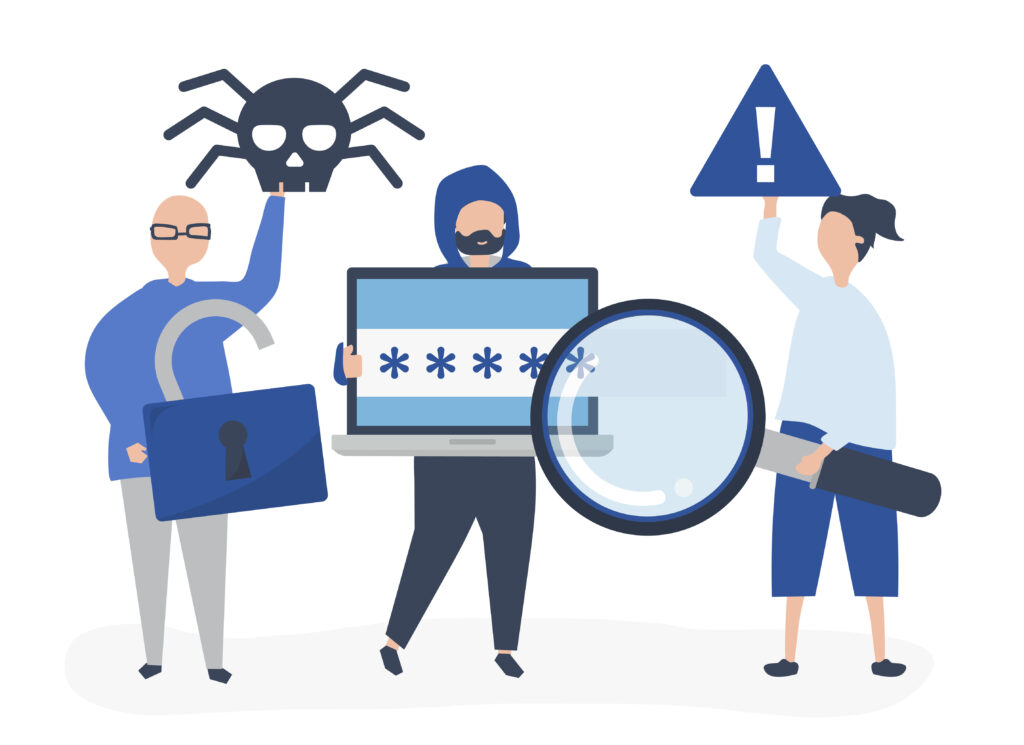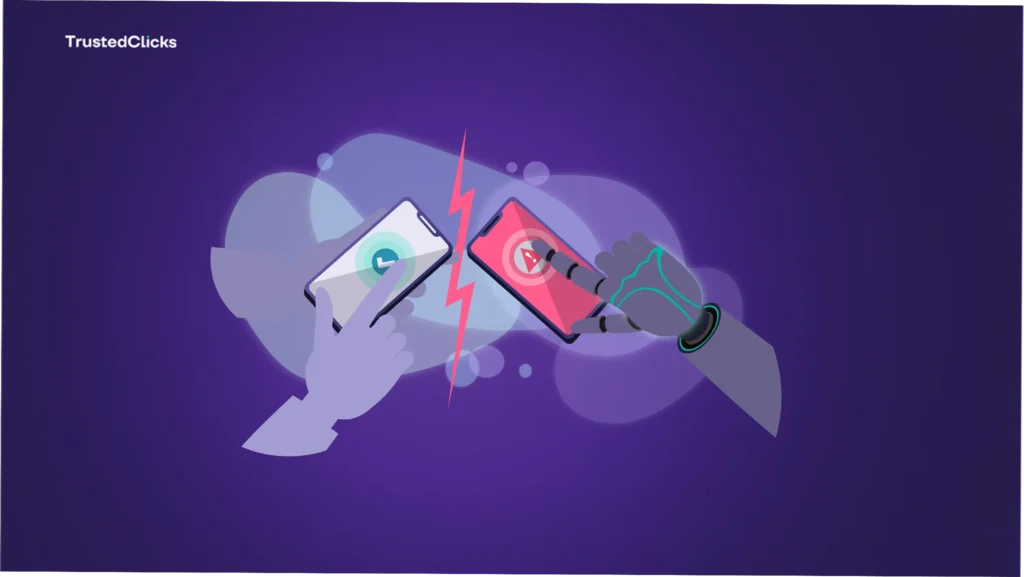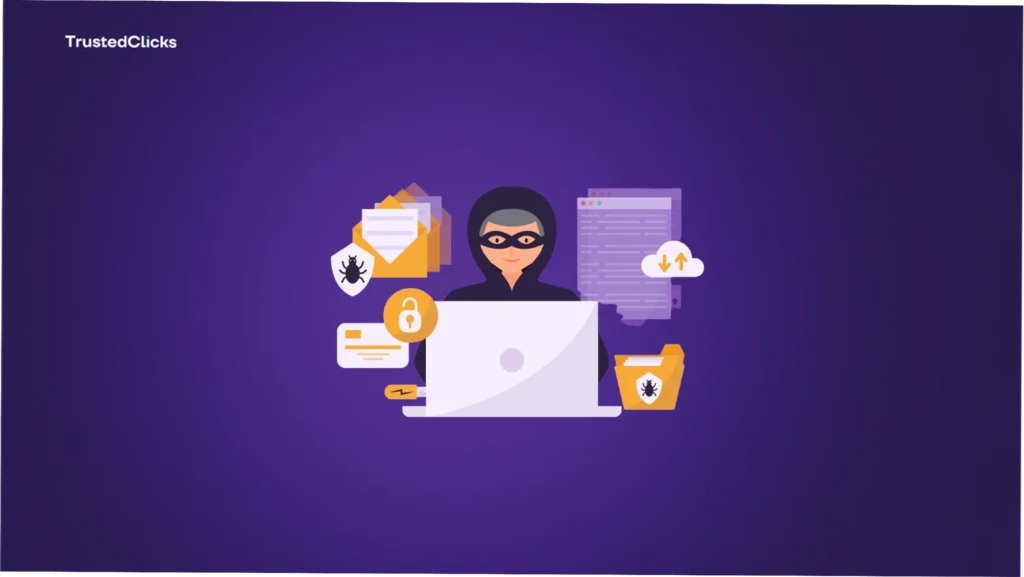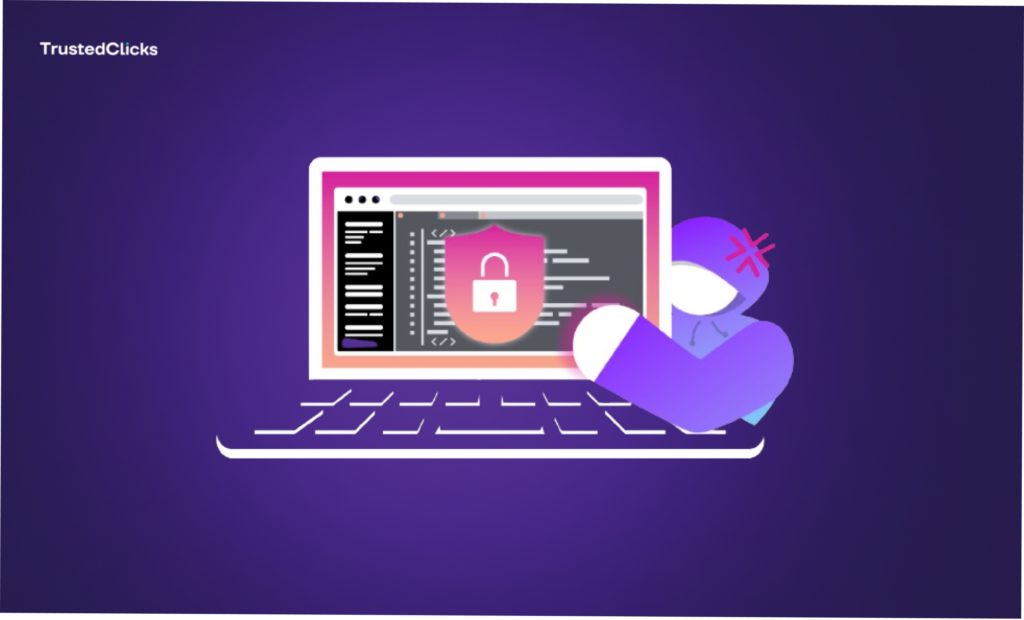- Website security
How IP Fraud Scores Help Prevent Cybercrime and Online Scams


What Are IP Fraud Scores?
An IP fraud score is a numerical value—ranging from 0 (low risk) to 1 (high risk)—that reflects the likelihood an IP address is involved in fraudulent or malicious activity. Think of it as a digital reputation score for an IP. It’s calculated using a blend of data points: past activity, geolocation, association with known threats, and real-time behavior. For example, an IP tied to spamming, phishing attempts, or rapid login failures might edge closer to 1, while a stable, clean IP used by a legitimate user stays near 0.
These scores are generated by specialized fraud detection systems, often powered by machine learning and massive datasets.
Why IP Fraud Scores Matter
Cybercrime costs the global economy trillions annually—$8 trillion in 2023 alone, according to Cybersecurity Ventures, with projections to hit $13.82 trillion by 2028. Scams like phishing, account takeovers, and payment fraud thrive in the anonymity of the internet, where fraudsters can hide behind spoofed identities or proxy servers. IP fraud scores cut through that anonymity by shining a spotlight on suspicious activity tied to specific IP addresses.
Unlike traditional methods—say, manually reviewing logs or relying on static blacklists—IP fraud scores offer a dynamic, scalable solution. They evolve with the threat landscape, adapting to new tactics as cybercriminals refine their approaches. This adaptability, paired with their precision, makes them indispensable for industries like e-commerce, finance, and social media, where trust and security are non-negotiable.
How IP Fraud Scores Combat Cybercrime

Let’s break down the key ways IP fraud scores bolster defenses against cybercrime and scams:
1. Spotting Suspicious IPs Early
The first line of defense is identification. An IP fraud score flags risky addresses before they can cause harm. For instance, an IP with a score of 0.9 might be linked to a botnet launching distributed denial-of-service (DDoS) attacks or a history of sending phishing emails. By contrast, a score of 0.1 suggests a clean track record. Businesses can use these insights to block high-risk IPs outright or trigger additional checks, stopping fraudsters in their tracks.
Consider a scenario: a hacker using a VPN to mask their location tries to access a bank account. The IP fraud score, detecting the VPN and prior malicious activity, spikes to 0.8. The bank responds by locking the session and requiring SMS verification—foiling the attack before it begins.
2. Enabling Real-Time Fraud Detection
Speed is critical in fraud prevention, and IP fraud scores deliver real-time insights. E-commerce platforms, for example, face constant threats like chargeback fraud, where a buyer disputes a purchase to keep goods for free. If an order comes from an IP scoring 0.7—perhaps tied to a region known for fraud or a sudden spike in transactions—the system can pause the purchase and request manual review or extra authentication.
Financial institutions also benefit. In velocity attacks, fraudsters test stolen credit cards at rapid speed. An IP fraud score climbing toward 1 as transaction attempts pile up can trigger an automatic freeze, protecting both the bank and its customers from losses.
3. Balancing Security and User Experience
One challenge in fraud prevention is avoiding overreach—blocking legitimate users can frustrate customers and hurt business. IP fraud scores strike a balance by offering granularity. A score of 0.2 might let a user breeze through checkout, while a 0.6 prompts a CAPTCHA or two-factor authentication (2FA). This tiered approach ensures bad actors face scrutiny without alienating honest users.
For instance, a social media platform might see an IP at 0.4 attempting multiple account creations—a possible sign of bot activity. Instead of a blanket ban, it could require email verification, weeding out fakes while keeping real signups smooth.
4. Adapting to Evolving Threats
Cybercriminals don’t stand still. They use AI-driven bots, cycle through disposable IPs, or exploit new vulnerabilities to stay ahead. IP fraud scores keep pace by leveraging machine learning. If a previously clean IP suddenly starts probing websites for weaknesses—pushing its score from 0.3 to 0.9—the system adjusts in real time. This adaptability is crucial against tactics like credential stuffing, where attackers use stolen passwords en masse, or phishing campaigns that evolve daily.
Real-World Applications of IP Fraud Scores
The versatility of IP fraud scores shines across industries:
- E-commerce: Retailers use scores to block fake accounts, reduce chargebacks, and protect loyalty programs from abuse. A high score might signal a “friendly fraud” attempt, where a customer claims non-delivery despite receiving goods.
- Banking: Scores help detect money laundering or unauthorized transfers by flagging IPs tied to unusual activity patterns, like a 0.85 score from a known fraud hotspot.
- Gaming: Online games combat cheating and account theft by monitoring IPs with scores nearing 1, often linked to bot farms or hacking tools.
- Advertising: Ad networks use scores to filter out click fraud, where bots inflate impressions from IPs scoring high on the risk scale.
Limitations and Challenges
IP fraud scores aren’t foolproof. Determined fraudsters can use residential proxies—IPs tied to real devices—to mask their intent, keeping scores low. Shared IPs, like those in public Wi-Fi networks, can also skew results, penalizing innocent users if a scammer shares the same address. Plus, scores rely on data quality; if the underlying intelligence is outdated or incomplete, accuracy suffers.
Still, these limitations don’t negate their value. Combined with other signals—like device fingerprinting or behavioral analysis—IP fraud scores form a robust layer in a multi-tiered defense strategy.
The Future of IP Fraud Scores
As cybercrime grows, so will the sophistication of IP fraud scores. Expect tighter integration with AI, enabling predictive scoring that anticipates fraud before it happens. Blockchain could also play a role, creating tamper-proof IP reputation ledgers. Meanwhile, privacy regulations like GDPR might push providers to refine how they collect and use data, balancing security with user rights.
Frequently Asked Questions
What is an IP fraud score?
An IP fraud score is a number between 0 and 1 that rates an IP address’s risk of being linked to fraud or cybercrime, with 0 being low risk and 1 being high risk.
How is an IP fraud score calculated?
It’s based on factors like past behavior, geolocation, use of proxies or VPNs, and patterns of malicious activity, often analyzed by machine learning systems.
Can a high IP fraud score block me by mistake?
Yes, if you share an IP (like public Wi-Fi) with a fraudster or use a VPN, your score might rise, but additional checks like 2FA can clear you
Do IP fraud scores stop all scams?
No, they’re not perfect—crafty fraudsters can bypass them with new IPs—but they significantly reduce risks when paired with other tools.
Final Words
In the relentless cat-and-mouse game of cybercrime, IP fraud scores stand out as a vital tool. By assigning a simple yet powerful metric—0 to 1—to every IP address, they help businesses identify threats, protect users, and adapt to new challenges. Whether it’s stopping a phishing email from reaching your inbox or preventing a fraudulent purchase, these scores quietly underpin the security of our digital lives. They’re not a silver bullet, but in a world where online scams and cyberattacks are a daily reality, IP fraud scores offer a critical edge—one that keeps the internet safer, one IP at a time.
Table of Contents
Join our community!
Subscribe to our newsletter for the latest updates, exclusive content, and more. Don’t miss out—sign up today!
Recent Posts

Combating Cyber Threats: The Role of Malicious IPs and How to Block Them
- 7 mins read

The impact of IP Fraud on Reputation: Why Prevention is Key to Protecting Your Brand
- 4 mins read

A Comprehensive Guide to Click Fraud Prevention Strategies for PPC Ads
- 7 mins read



